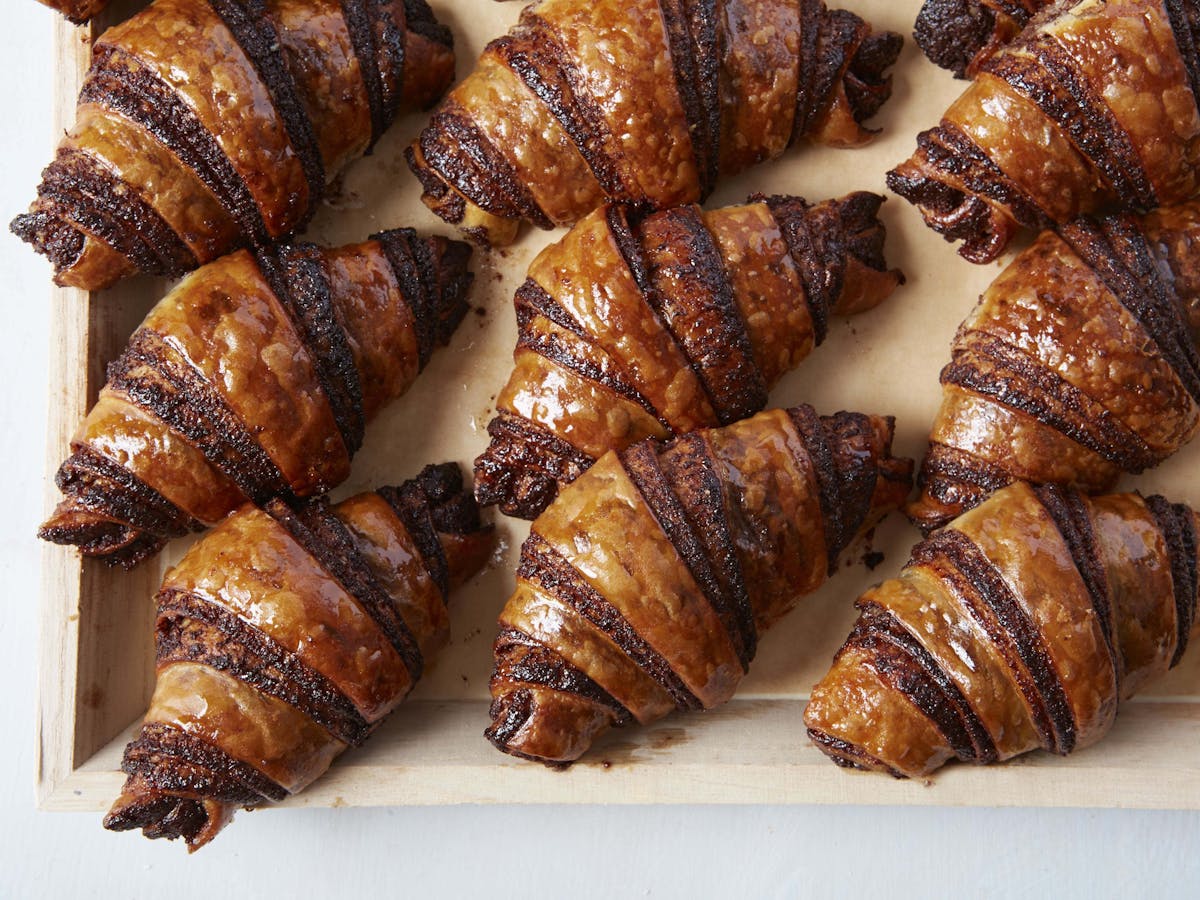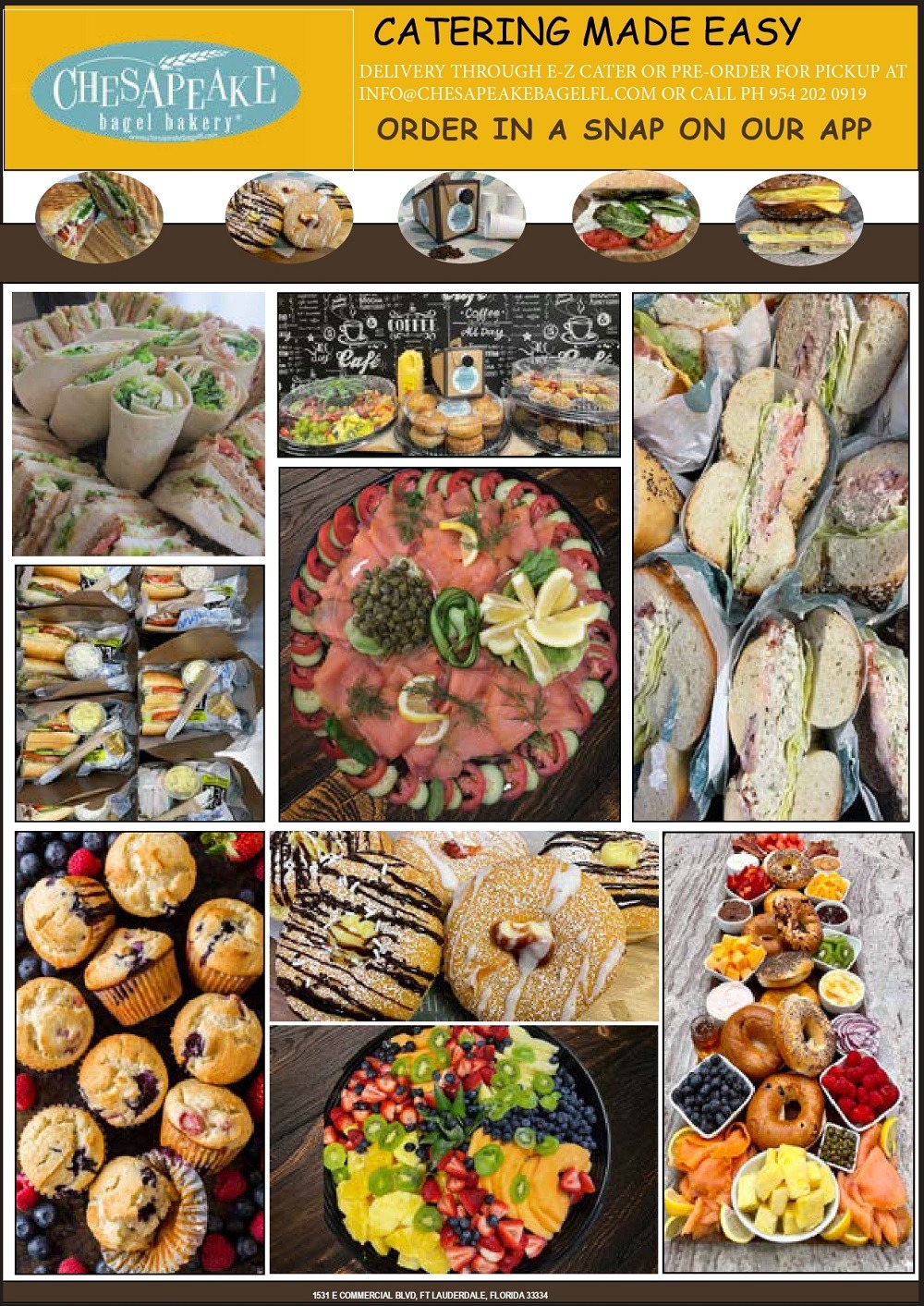Outstanding Catering Maddington Provider for Your Next Occasion
Outstanding Catering Maddington Provider for Your Next Occasion
Blog Article
Recognizing the Art of Bakery Products: From Newly Baked Breads to Alluring Pastries and Finger Foods
From the scientific research behind the best loaf of bread, where fermentation and gluten advancement play pivotal functions, to the finesse needed for developing layered breads, each aspect discloses a compelling story of workmanship. The convenience of finger foods shows how flavor and structure can be artfully integrated to involve diverse taste choices.
The Science of Bread Making
At the heart of every loaf of bread lies a remarkable interaction of chemistry and biology. The process of bread making starts with the combination of flour, salt, yeast, and water-- each ingredient playing a vital duty in the end product. Flour has healthy proteins, mostly glutenin and gliadin, which, when blended with water, type gluten (Birthday Catering Maddington). This elastic network is necessary for trapping gases generated throughout fermentation.
Yeast, a living organism, ferments the sugars existing in the flour, creating carbon dioxide and alcohol in the procedure. The co2 gas creates bubbles in the dough, causing it to increase and establish a light structure. The temperature and humidity throughout fermentation substantially affect yeast activity and, as a result, the bread's flavor and appearance.

Learning Bread Techniques
Exactly how can one attain the fragile equilibrium of texture and taste that defines phenomenal bread? Mastering pastry methods needs a deep understanding of components, techniques, and the science behind them. Fundamental to this craft is the choice of top quality ingredients-- flour, butter, sugar, and eggs-- each playing a vital function in the end product's flavor and structure.
The technique of lamination, which involves folding layers of dough and butter, develops the wanted flakiness in breads like croissants and puff pastry. Accuracy in temperature is essential, as butter should stay cold to guarantee ideal layers. Proper mixing techniques, such as the creaming method for cakes, ensure even unification of air and fat, resulting in a light and ventilated crumb.
Furthermore, keeping the ideal moisture degrees during baking can considerably affect the result, making sure that pastries climb appropriately and attain that golden-brown finish. The art of pastry likewise requires perseverance and practice; each effort enhances one's skill and understanding of the complex equilibrium required to develop irresistible pastries that delight the senses. Mastery in these methods eventually distinguishes a proficient bread cook from an amateur.
Sorts Of Finger Foods
The globe of culinary thrills expands past pastries to incorporate a broad range of finger foods, which are commemorated for their comfort and flexibility. These bite-sized treats are ideal for celebrations, using a range of tastes and textures that deal with diverse palates.

On the sweeter side, bite-sized cupcakes and mini tarts offer a wonderful coating to any kind of dish, appealing to those with a wonderful tooth. Furthermore, cheese and charcuterie boards work as an advanced selection, enabling visitors to personalize their attacks with a selection of meats, nuts, fruits, and cheeses.
Flavor Profiles in Baking
Baking is an intricate dance of flavor accounts that incorporates pleasant, mouthwatering, and umami notes to develop an unified experience for the taste buds. Understanding these profiles is necessary for bakers looking for to elevate their productions.
Sweet taste often functions as the foundation in baked items, with sugars, fruits, and all-natural sweeteners boosting taste depth. Active ingredients such as chocolate and sugar present complex sweet notes that can either dominate or enhance various other tastes. Conversely, savory components, often discovered in pastries and breads, offer equilibrium and contrast. Components like cheeses, flavors, and herbs can transform a basic dough into a complex flavor experience.
Umami, often overlooked in baking, plays a considerable duty in enriching flavors. Active ingredients such as aged cheeses, fermented items, or also particular nuts add to a savory deepness that enhances total preference.
Furthermore, the interplay of acidity from ingredients like buttermilk or citrus passion can lighten up tastes, using a revitalizing counterpoint to sweet taste. By attentively incorporating these flavor accounts, bakers can craft items that reverberate with varied tastes, creating an unforgettable cooking experience. Eventually, mastering flavor profiles is vital to innovation worldwide of cooking.
Important Cooking Tools and Active Ingredients
Recognizing flavor accounts in cooking sets the phase for choosing the right tools and active ingredients that help with the development of remarkable baked items. A dependable set of cooking frying pans-- such as sheet pans, loaf pans, and cake frying pans-- is crucial for achieving desired shapes and appearances.
In regards to components, top quality issues dramatically. Flour offers as the backbone of the majority of dishes; picking the best type-- be it bread, all-purpose, or bread flour-- can drastically impact the end result. Sugar not just sweetens but likewise adds to texture, while eggs act as binders and leavening agents. Cooking powder and baking soda are vital for creating lift in pastries and cakes.
Additionally, integrating taste enhancers like vanilla extract, flavors, and citrus passion can boost your creations. By making sure accessibility to these basic tools and active ingredients, bakers can confidently start their cooking trip, crafting a diverse variety of fascinating baked products.
Verdict
To conclude, the art of bakery products encompasses an extensive understanding of both scientific concepts and creative techniques. Proficiency in bread production, bread prep work, and finger food presentation exposes the intricate connections between processes and more tips here ingredients. Exploring diverse taste profiles enhances the baking experience, while crucial tools and active ingredients provide the structure for success. Inevitably, the captivating globe of baking grows on the harmonious interplay of scientific research and creativity, resulting in a myriad of wonderful culinary creations.
Exactly how can one achieve the delicate balance of texture and flavor that specifies extraordinary bread? Basic to this craft is the option of high-quality ingredients-- flour, butter, sugar, and eggs-- each playing a critical function in the final product's flavor and texture.

Comprehending flavor accounts in baking sets the phase for choosing the right tools and components that promote the development of remarkable baked goods. Checking out diverse flavor profiles enhances the baking experience, while essential devices and active ingredients offer the structure for success.
Report this page